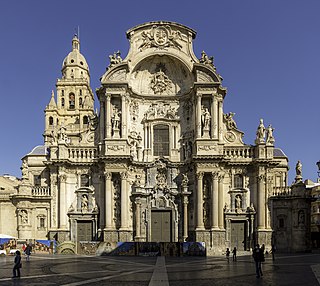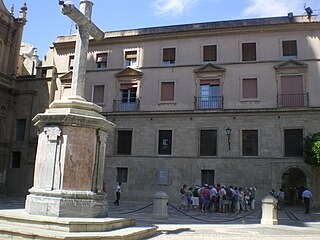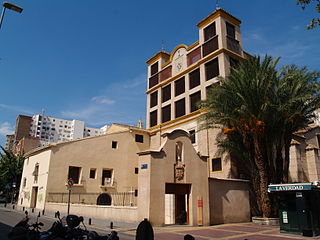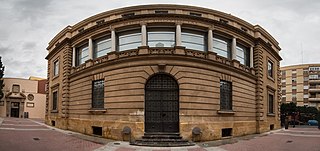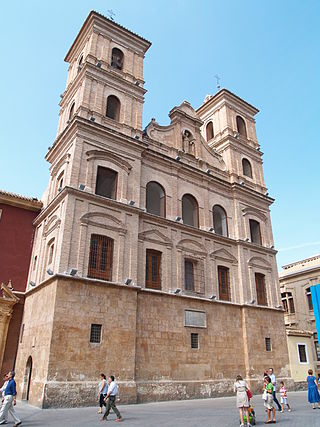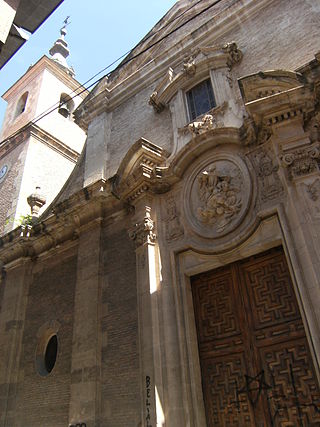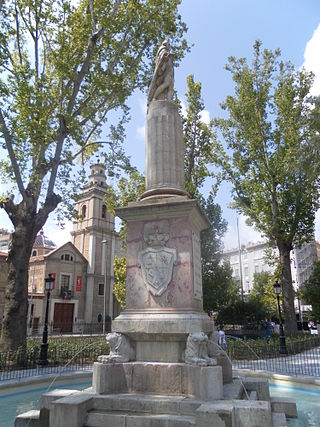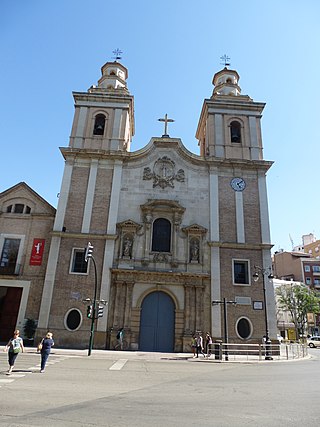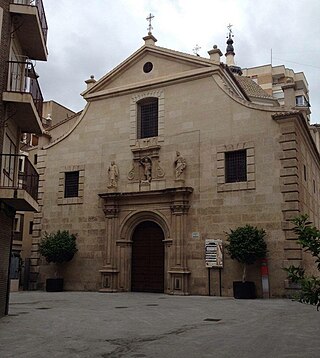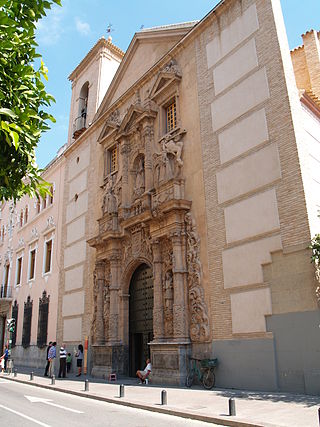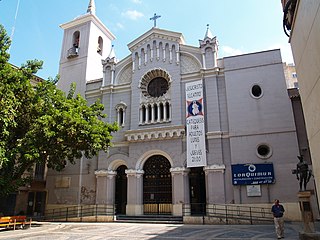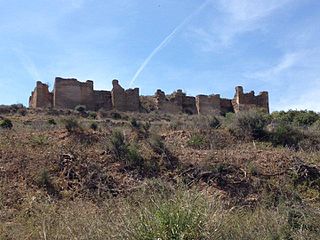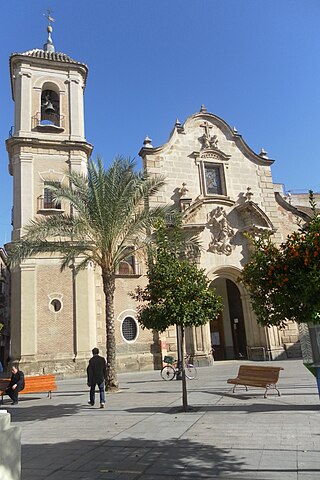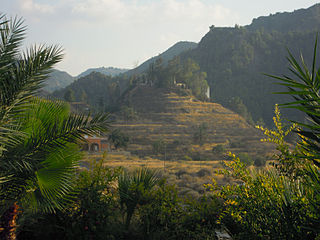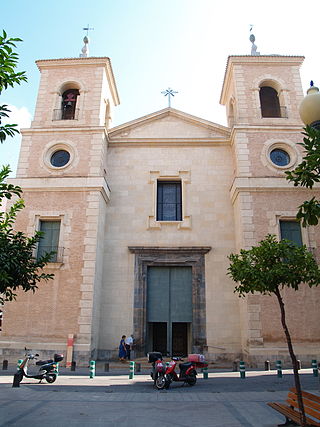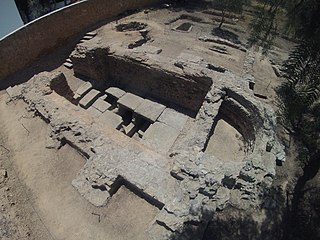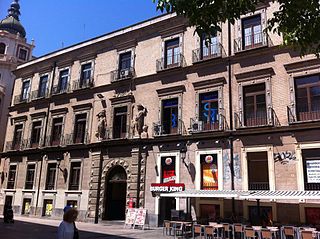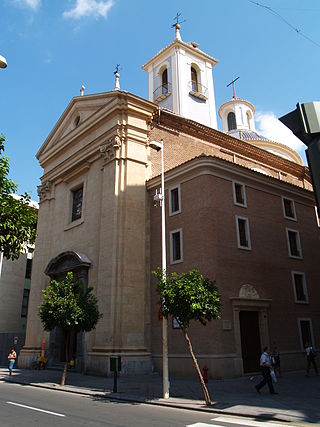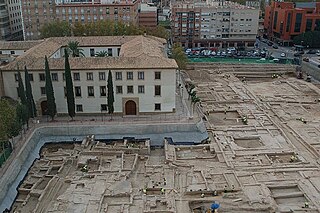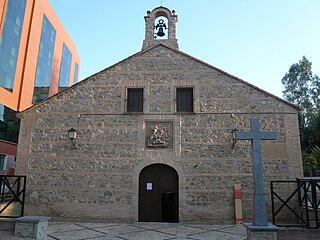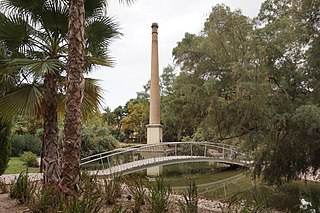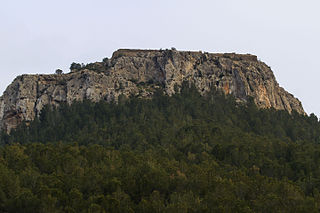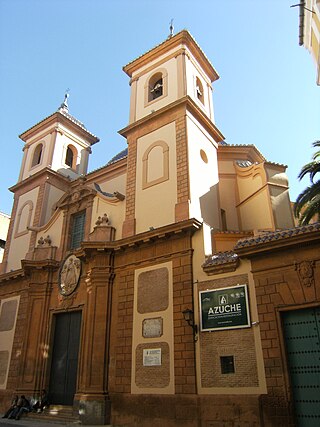24 Sights in Murcia, Spain (with Map and Images)
Legend
Premium Sights
Book tickets, guided tours and activities in Murcia.
Guided Free Walking Tours
Book free guided walking tours in Murcia.
Welcome to your journey through the most beautiful sights in Murcia, Spain! Whether you want to discover the city's historical treasures or experience its modern highlights, you'll find everything your heart desires here. Be inspired by our selection and plan your unforgettable adventure in Murcia. Dive into the diversity of this fascinating city and discover everything it has to offer.
Sightseeing Tours in MurciaThe Cathedral Church of Saint Mary in Murcia, commonly called the Cathedral of Murcia, is a Catholic church in the city of Murcia, Spain. It is the cathedral of the Roman Catholic Diocese of Cartagena.
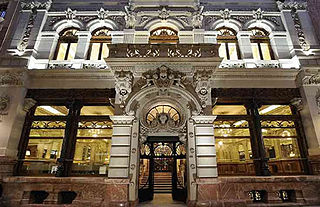
The Real Casino de Murcia, commonly known as Casino de Murcia, is one of the most emblematic buildings in the city of the same name, capital of the Region of Murcia (Spain). It is located in the center of it, on Trapería Street, not far from the cathedral. The building, whose construction began in 1853, is a mixture of different artistic currents that coexisted in the second half of the nineteenth century and the beginning of the twentieth century in Spain and was declared a national historic-artistic monument in 1983, so it is currently considered an Asset of Cultural Interest, with the category of "monument".
3. Murcia Cathedral Museum
The Murcia Cathedral museum is a museum that is part of the cathedral building. It was created at the request of Bishop Miguel de los Santos and inaugurated in 1956. It has the Commitment to Tourism Quality.
4. Monasterio de Santa Clara la Real
The Monastery of Santa Clara la Real is a monastic complex of the Order of the Poor Clares located in the city of Murcia. It has its origin in the fourteenth century, occupying what was the old Muslim Al-Qasr al-Sagir of the thirteenth century. It is one of the most important historical buildings in the city as it has remains of the Arab palace. The monastery also has a Gothic cloister and choir, and a Baroque church.
5. Museo de Bellas Artes de Murcia
The Museum of Fine Arts of Murcia (MUBAM) is a museum institution in the city of Murcia, whose origin dates back to 1864, when the Provincial Museum was created by the Provincial Commission of Monuments. In 1953 the archaeology section was transferred to the current Archaeological Museum of Murcia, giving rise to the Museum of Fine Arts that exists today, as the pictorial and sculptural collections remain in this institution.
6. Iglesia Conventual de Santo Domingo
The Church of Santo Domingo and the adjoining Chapel of the Rosary are the buildings that remain of an old monastic complex of the Dominican Order located in the city of Murcia, specifically in the central square of Santo Domingo that presides over and to which it gives its name.
Wikipedia: Convento de Santo Domingo y Capilla del Rosario (ES)
7. Iglesia de San Nicolás de Bari
The church of San Nicolás de Bari is one of the traditional parishes of the historic center of Murcia, whose origins date back to the Christian conquest, although the current building dates from the first half of the eighteenth century, being one of the best exponents of Murcian baroque.
8. Jardín de Floridablanca
The Floridablanca Garden is a public garden in the city of Murcia, created in the mid-nineteenth century, thus being the oldest in the city. It is located in the traditional neighbourhood of El Carmen, on the right bank of the Segura River. It is dedicated to the illustrious Murcian Don José Moñino y Redondo, Count of Floridablanca, minister of Charles III and Charles IV and president of the Supreme Junta of Murcia and shortly before his death, of the Supreme Central Junta.
9. Iglesia del Carmen
The Archpriestly Church of Nuestra Señora del Carmen, better known as the Church of Carmen, is located in the popular neighborhood of the same name in the city of Murcia, in front of the Alameda de Colón and the Jardín de Floridablanca.
10. Iglesia de San Miguel
The church of San Miguel de Murcia is one of the traditional parishes of the historic center of the city. The current building, built between 1691 and 1712, is one of the best examples of Murcian Baroque, especially its interior as it has a rich heritage of altarpieces and sculptures.
11. Iglesia de la Merced
The convent church of La Merced is a religious temple in the city of Murcia belonging to the old convent of the Order of La Merced, built on the current site in the sixteenth century, although the building we see today was built between the seventeenth and eighteenth centuries. The church is currently run by the Franciscans and the old convent is occupied by the Faculty of Law of the University of Murcia, of the so-called Campus de La Merced.
12. Iglesia de San Bartolomé
The church of San Bartolomé-Santa María is one of the traditional parishes of the historic center of Murcia whose origins date back to the Christian conquest, although the current building is a mix between the primitive factory of the late eighteenth century and the central nave with the main façade whose works took place in the nineteenth century. It has an important sculptural heritage inside.
13. Castillejo de Monteagudo
The Alcázar de Ibn Sad, popularly known as Castillejo de Monteagudo, is an old Andalusian palatial enclosure that is located about 5 kilometres northeast of the city of Murcia, in the hamlet of Monteagudo.
14. Iglesia de Santa Eulalia
The Church of Santa Eulalia in the city of Murcia is a parish church in the old town of the aforementioned capital. Although of medieval origin, the current building was built in the second half of the eighteenth century, being one of the last examples of the baroque-rococo style in the city.
15. Yacimiento Arqueológico Puntarrón Chico
The Puntarrón Chico is a conical and terraced hill located in Spain, specifically on the outskirts of the urban center of Beniaján, surrounded by the bed of a watercourse right at the entrance of the so-called Puerto del Garruchal, in the region of the Cordillera Sur. It receives its name from the great peak of Puntarrón, an imposing and majestic reddish stone headland that rises next to it up to 380 meters high and at the top of which the Muslims would install a garrison to control this passage between the Segura Valley, the Campo de Cartagena and the Mar Menor region. Both mounds, the Puntarrón Grande and the Puntarrón Chico, integrated into the Sierra de Cañisola, have always been emblematic, almost magical reliefs for all the people of Beniajan.
16. Iglesia de San Juan Bautista
The church of San Juan Bautista de Murcia is one of the traditional parishes of the historic center of the city, specifically in the neighborhood of San Juan to which it gives its name. The current building, built between 1750 and 1777, is a transition between the typical Murcian Baroque and the first neoclassical elements that were developed in Murcia. Inside, a rich heritage of altarpieces and sculptures stands out.
17. Martyrium de La Alberca
The Martyrium de La Alberca is a Roman mausoleum located in the Murcian district of La Alberca, in the Region of Murcia (Spain). Its remains have been dated to around the first half of the fourth century, being one of the most important late Roman monuments in the Iberian Peninsula, which merited its declaration as a National Monument in 1931.
18. Palacio Almodóvar
The Almodóvar Palace is a historic building in the old town of the city of Murcia, built in the seventeenth century between Calle Trapería and Plaza de Santo Domingo. It was the seat of the Civil Government of the province of Murcia until 1950.
19. Iglesia de San Lorenzo
The Church of San Lorenzo de Murcia is one of the traditional parishes of the historic center of the city. The current building, built between 1788 and 1810, is one of the main works of neoclassicism in the city of Murcia and throughout the Iberian southeast. The work of the famous architect Ventura Rodríguez, it is located on Alejandro Seiquer Street.
20. Yacimiento Arqueológico de San Esteban
The Al-Andalusian palatial complex and neighborhood of San Esteban is an archaeological site that was in the Arrabal de la Arrixaca Nueva, now in the center of Murcia. This exceptional archaeological site of 10,143 square metres is located in the old Garden of San Esteban, next to the building Palacio de San Esteban. It is allowing archaeologists to document the evolution of this urban space from Islamic times to the present, although the excavation process is still unfinished and, as yet, missing archaeological data for its final evaluation. The site is the remains of large country residences, palaces, extensive gardens, and a religious sector with a necropolis and an oratory or small mosque.
Wikipedia: Al-Andalusian palatial complex and neighborhood of San Esteban (EN)
21. Iglesia de los Pasos de Santiago
The church of Santiago de Murcia is an old church, also considered a hermitage, one of the oldest preserved in the city. The current building has its origin in the thirteenth century and its wooden coffered ceiling stands out inside.
22. Jardín de la Seda
The Silk Garden is a public park in the city of Murcia, inaugurated in 1990. It is located in the neighborhood of San Antón in the northern district of the Murcian capital, specifically on the site previously occupied by a silk factory that was active until the mid-twentieth century and gave it its name.
23. Castillo de la Asomada
The castle of La Asomada is a military fortification, built on Phoenician remains. It is located in the port of La Cadena, a natural passage between the city of Cartagena and the interior of the peninsula.
24. Iglesia San Juan de Dios
The museum of the church of San Juan de Dios in Murcia is one of the headquarters of the Museum of Fine Arts of Murcia (MUBAM) that houses an important collection of religious imagery from the fifteenth to the twentieth century. The old church, dating from the eighteenth century, is located near the Cathedral, in a traditional square in the old part of the city. The church was part of the hospital complex of San Juan de Dios, which was previously a Templar hospital, and originally the Alcázar Mayor of the city, of which valuable remains are exhibited in the subsoil.
Wikipedia: Museo de la Iglesia de San Juan de Dios (Murcia) (ES)
Share
How likely are you to recommend us?
Disclaimer Please be aware of your surroundings and do not enter private property. We are not liable for any damages that occur during the tours.
